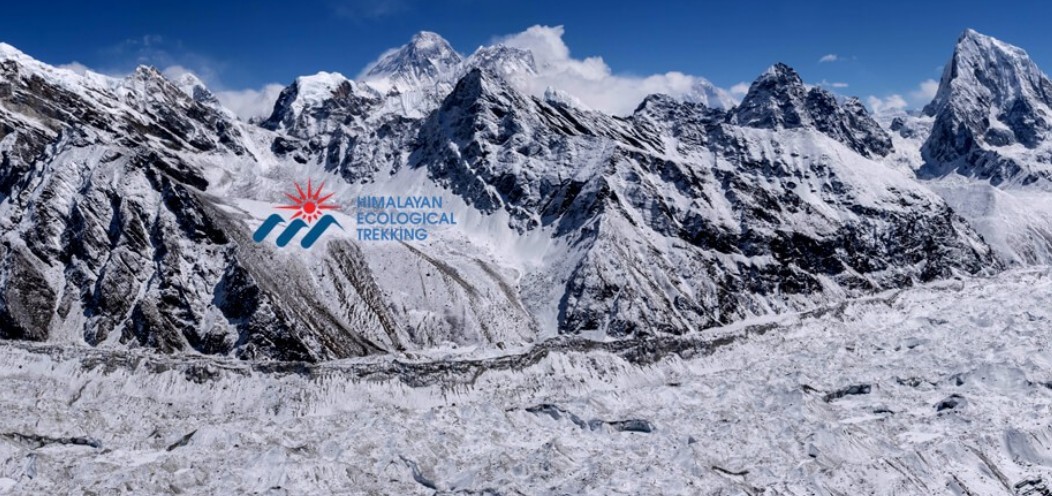Trekking to Everest Base Camp is one of the most iconic adventures in the world. With the mighty Himalayas towering around you, the sound of prayer flags fluttering in the wind, and the sense of standing in the shadows of Everest itself, it’s a journey that changes people. But how do you prepare for it? What should you expect? Is it as challenging as people say?
Whether you’re a seasoned trekker or someone planning their very first high-altitude adventure, this guide aims to give you honest advice in a friendly, simple tone. Plus, we’ll throw in some comparisons with Pikey Peak Trekking, a quieter yet incredibly scenic alternative.
What Is It Like to Trek to Everest Base Camp?
Trekking to Everest Base Camp is not your usual holiday. It’s a slow-paced journey that typically takes 12–14 days, covering about 130 kilometers round trip. You’ll pass through Sherpa villages, cross hanging bridges, climb up dusty trails, and rest in cozy tea houses at night.
Despite the length, the trail is not technically difficult. The real challenge lies in the altitude. The base camp sits at around 5,364 meters (17,598 ft), and adjusting to the thin air takes time. Many trekkers compare the experience to a personal growth journey—it tests your patience, discipline, and physical stamina.
Where Does the Trek Start and What Should You Expect?
-
Most people start their trek after a thrilling flight from Kathmandu to Lukla.
-
From Lukla, the trail goes through places like Phakding, Namche Bazaar, Tengboche, Dingboche, and Gorak Shep before reaching Everest Base Camp.
-
You’ll be walking 5–7 hours a day with regular acclimatization days built in to prevent altitude sickness.
-
The higher you go, the colder and more basic things become.
Many trekkers find Pikey Peak Trekking a good warm-up or an alternative route, especially if they’re not sure about handling the altitude of Everest Base Camp. Pikey Peak offers amazing views (including Everest itself!) at a more manageable height of 4,065 meters.
How Should You Prepare for Everest Base Camp Trek?
Focus on Physical Training
You don’t need to be a marathon runner, but basic fitness is a must.
-
Practice hiking for long hours with a backpack.
-
Climb stairs or walk uphill to simulate the terrain.
-
Do cardio workouts 3–4 times a week.
Acclimatization Is Key
-
Give your body time to adjust by taking it slow.
-
Drink lots of water—hydration helps with altitude adjustment.
-
Avoid alcohol and smoking during the trek.
Pack Smart
-
A good pair of hiking boots (broken in!) is essential.
-
Thermal wear, layers, gloves, beanies, and a quality sleeping bag.
-
Reusable water bottles and water purification tablets.
-
Snacks, energy bars, and personal medication.
If you’re unsure about investing in gear for Everest, trying Pikey Peak Trekking first is a great idea. It’s shorter (7–9 days), less expensive, and still offers a high-altitude experience without the extreme conditions of Everest Base Camp.
What Challenges Should You Expect?
The trek is beautiful but comes with its share of challenges:
-
Altitude Sickness: This is the biggest concern. Symptoms include headaches, dizziness, and nausea.
-
Cold Weather: Nights can drop to -10°C or lower, especially at higher altitudes.
-
Basic Facilities: Tea houses are cozy but not luxurious. Expect shared toilets, limited Wi-Fi, and simple meals.
However, the spirit of fellow trekkers, stunning Himalayan views, and the sheer joy of the journey make it all worth it. Many who complete Trekking to Everest Base Camp say it’s the most rewarding trip of their lives.
Why Do Some Trekkers Prefer Pikey Peak Trekking?
Trekking to Everest Base Camp can be intense. If you’re short on time or worried about the altitude, Pikey Peak Trekking is a solid choice.
-
It’s less crowded, giving you a more peaceful experience.
-
You still get panoramic views of Everest and other peaks.
-
Cultural immersion is deeper, with homestays in traditional villages.
-
It’s more affordable and ideal for beginners.
Many trekkers even do Pikey Peak as a warm-up or trial run before committing to Everest Base Camp.
Tips to Make Your Trek Memorable
-
Respect the local culture: Greet people with “Namaste,” walk clockwise around stupas, and always ask before taking photos.
-
Take your time: Enjoy the scenery, talk to locals, and savor the experience. It’s not a race.
-
Be flexible: Flights to Lukla are weather-dependent, so always keep buffer days in your plan.
-
Travel light: You’ll appreciate having fewer things to carry on those long uphill climbs.
What to Eat and Drink on the Trail?
You’ll mostly eat dal bhat (rice, lentils, vegetables), noodles, soups, and pancakes. Food is cooked fresh and gets more basic the higher you go.
-
Avoid meat above Namche Bazaar—it’s not fresh.
-
Stick to boiled or purified water only.
-
Ginger tea and garlic soup are great for altitude adjustment.
Pikey Peak Trekking also offers delicious home-cooked meals, often made from organic vegetables grown by the locals themselves.
Final Thoughts: Is Everest Base Camp Right for You?
Trekking to Everest Base Camp is a powerful, life-changing journey. It’s not just about reaching a location—it’s about pushing your limits, connecting with nature, and discovering your inner strength. But it’s not the only way to see Everest. If you’re looking for something quieter, gentler, and more budget-friendly, Pikey Peak Trekking might be the perfect alternative.
Whether you choose the grandeur of Everest Base Camp or the serenity of Pikey Peak, both treks offer something unique. The Himalayas have a way of humbling you, inspiring you, and staying in your heart forever.
